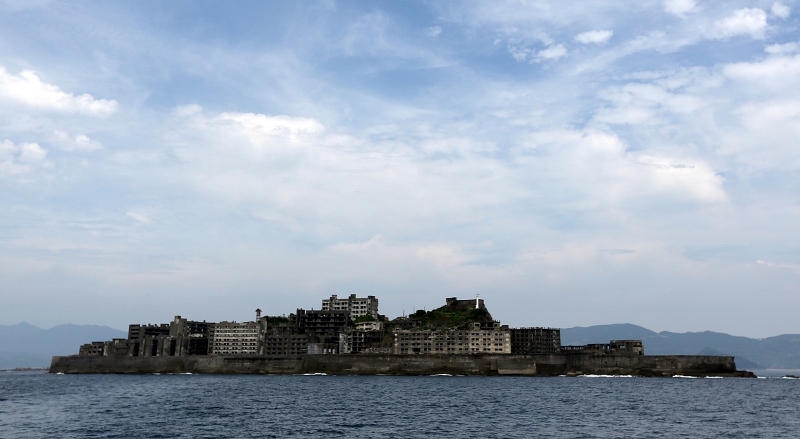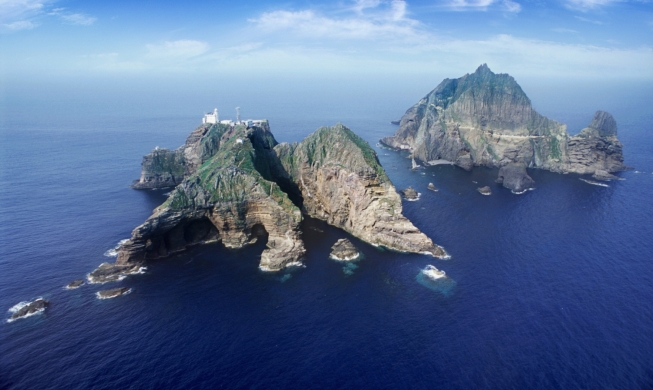View this article in another language
- 한국어
- English
- 日本語
- 中文
- العربية
- Español
- Français
- Deutsch
- Pусский
- Tiếng Việt
- Indonesian

Hashima (Battleship) Island in Nagasaki Prefecture, Japan. (Yonhap News)
By Park Hye Ri
The government has expressed deep regret over Japan not implementing follow-up measures after listing the latter's modern industrial sites, including Hashima (Battleship) Island, on the list of UNESCO World Heritage. Koreans were mobilized and taken to the island for forced labor during the Japanese annexation of the Korean Peninsula in the early 20th century.
The Ministry of Foreign Affairs on Feb. 1 released a comment under its spokesperson's name stating, "In regards to the report on follow-up measures after the enlistment of Japanese modern industrial sites on the UNESCO World Heritage website, we once again express regret as Japan is not faithfully carrying out the follow-up measures it had pledged, and in response to decisions made by the World Heritage Committee."
"The Korean government once again asks its Japanese counterpart to swiftly and faithfully carry through the relevant follow-up measures that itself had pledged to the international community."
Japan in July 2015 registered 23 sites of the Meiji Industrial Revolution on the UNESCO World Heritage list. Seven of these sites were where Koreans suffered forced labor in the 1940s.
At the time, Japan pledged to take appropriate measures to commemorate the victims, such as establishing an information center and informing the public that Koreans were mobilized and forced to work in brutal conditions against their will.
The World Heritage Committee announced on Jan. 31 on its official website that Japan sent a report on Dec. 1, 2024, on its follow-up measures regarding the Meiji Industrial Revolution heritage, but none of Korean government's requests were met.
hrhr@korea.kr
Most popular
- Grammy-winning producer calls Suga of BTS 'amazing artist'
- 'Universal love, family' themes fuel success of 'King of Kings': director
- Council sets minimum hourly wage in 2026 at KRW 10,320
- Export deal for K2 tank concluded with Poland for KRW 9T
- Songs from animated K-pop film rule Spotify daily chart in US
